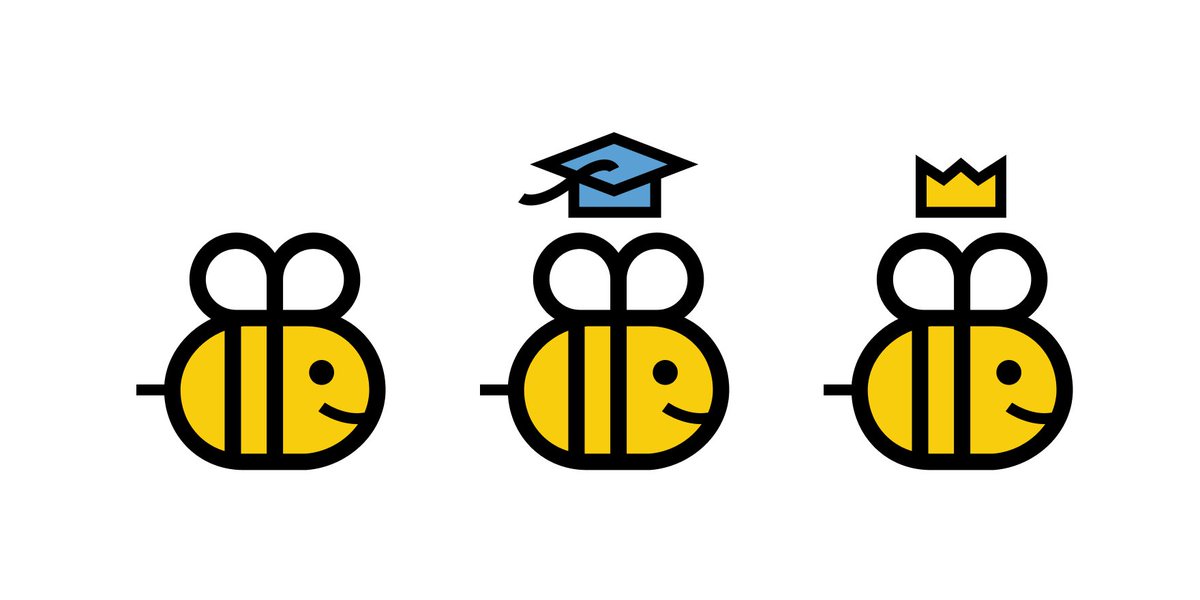
I awaken between 4:30 and 5:00 a.m., then slip quietly out of bed, shuffle into my office and turn on the computer. I try not to wake my wife less out of concern for her slumber than to satisfy my selfish need to get some work done before the day begins. If I’m lucky she will sleep soundly for another 45 minutes to an hour. If not, a few minutes after I start typing, a familiar, ghostlike silhouette walks towards me out of the pre-dawn darkness, and says:
“Wanna do the puzzle?”
“Give me five to ten minutes,” I reply, slightly annoyed that we seem to be acquiring an addiction. The New York Times Spelling Bee, equal parts joy and torture.
For decades I’ve avoided helping my wife with the Times crossword puzzle (which I count as one of the top five frustrations of my life). But ever since this pandemic, the Times’ online Spelling Bee, launched in 2018, is the first ritual of the day (a new puzzle is posted every morning at 3:00 a.m. EST) and I have been drafted into enabling this addiction for my wife, and, in turn, have become obsessed too.
The object of Spelling Bee is for players to make words from a set of seven, scrambled vowels and consonants, positioned in a honeycomb grid. The center letter must be used at least once in every “acceptable” word in order to earn enough points (the number changes daily) to win. And win we must.
Spelling Bee, edited by Sam Ezersky, is the first of five novel digital games created by The New York Times Games team in 2014. Like the crossword puzzle, which for decades has arguably been the Times most popular feature (next to the obituaries), the Bee has acquired considerable buzz among devotees if only because it uses more familiar words than the more difficult vocabulary in crossword puzzles. What a honey of an idea.
Points are calculated based on the complexity of each word and winning scores change daily too. Players needn’t find all the possible combinations in order to win the “Genius” title that is typeset in Stymie Bold atop a geometrically rendered, black and yellow smiling bee wearing a scholar’s mortarboard and when a player is not entirely satisfied with the ordinary “Genius” status, there is an even higher award. Find every possible word you’ll be crowned “Queen Bee” (which reminds me of earning an Eagle Scout or Ph.D).
Reaching this pinnacle is difficult and frustrating. Made so by the editor’s selection of “acceptable” words, which includes some bewildering doozies (“logophile”) and excludes some plausible others. “Within a given week, about 25 percent of players will achieve ‘Genius’ at least once,” says Luke Summerlin, a manager of data and analytics at The New York Times. Still, everyone yearns to be “Genius” and one way is finding the pangram, a word that includes all seven letters. That has been my impossible quest 75 percent of the time. Otherwise, usually I can find no more than fifty percent of the words (mostly the ones that my wife would have found without my help).
Spelling Bee is not a game of chance, although, the odds are likely to randomly chance upon a word you’d never considered (or even had known was a real word). I tend to make as many letter combos as possible (most sound like drug names) that yields a .5 percent success rate. Most players do, however, have explicit strategies, like initially finding all the four-letter words or identifying all the possible prefixes (like “pro” or “anti) and suffixes (“ed,” “ly” or “tain”) and then build up from there. The letter “s” is never used – plurals would be too easy – and the rules about colloquialisms are vague. Sometimes Spelling Bee will accept words like mamma and mama but never dada or dadda (though daddy is ok). Abbreviations, hyphenated and most foreign words are verboten. Cuss-words are too. And proper names are no-go. I’m always trying Hoho, Hehe and Haha.
Maybe the best part of Spelling Bee for me is the trademark/mascot which is named Beeatrice. I love puns. When I was a Times art director I was upset when we received a directive (called a greenie because it was written on green note paper) not to use puns in almost any way. So, on May 9, 2018, when the Spelling Bee and its mascot were released on line, I knew the Times had turned a corner.
Thank you, Robert Vinluan, a senior product designer for such a great beginning: “I designed Beeatrice originally because I needed to fill some space,” he told the Times’ wordplay editor. “When you start the game, players see an ‘Are you ready to start?’ screen like they do on the crossword, but it felt like it needed a visual. So I made a little bee that could be there to greet players and welcome them into the game. . .Visually, I tried to incorporate a few letter B shapes in her design, not unlike how the FedEx logo has a ‘hidden’ arrow in it.” But don’t try to find it now, the brand team has redesigned Beeatrice to keep her visually in-line with the other icons in the Times game team portfolio (which along with Vinluan, includes designers Andrew Dore and Sam Vonehren).
The Times gets better everyday, from its serious reportage to its not-so-frivolous games and quizzes. Despite my cheekiness, I celebrate Spelling Bee, as a welcome and necessary relief from the stress of the day. So, to misquote from a vintage Times advertising campaign, these darn times demand the Times’ games and puzzles, especially now, and if the news is an indication, forever and longer.
